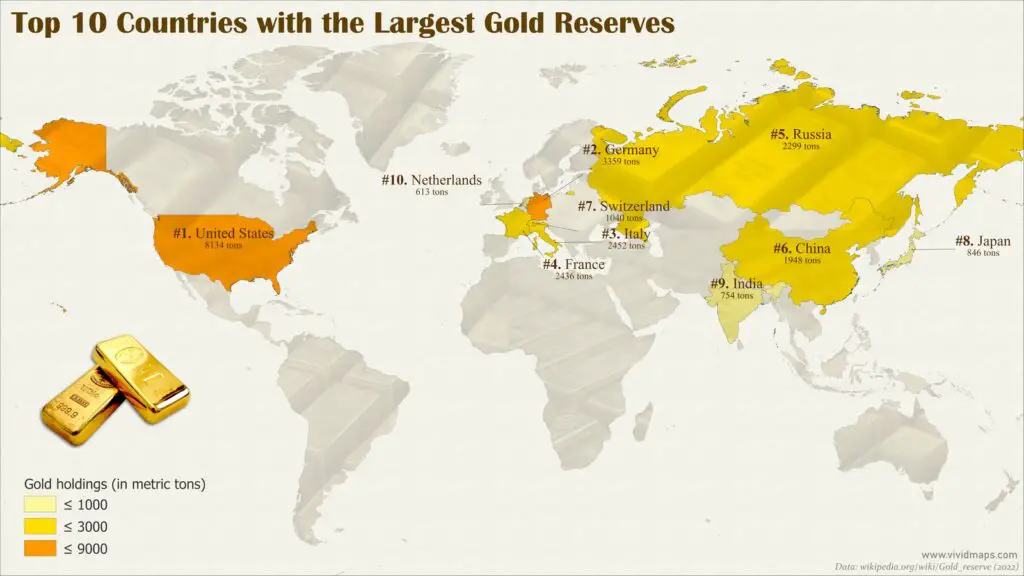A recent survey by the World Gold Council (WGC) indicates a significant rise in central bank appetite for gold. The survey, conducted earlier this year among 70 central banks, revealed that nearly 81% of respondents anticipate an increase in global gold holdings by central banks over the next year. This marks the highest level of optimism for the precious metal since the WGC began conducting this survey in 2019.
The trend is further reinforced by the fact that nearly 30% of the surveyed central banks themselves plan to add to their gold reserves within the next 12 months. This enthusiasm for gold persists despite the metal's currently high prices, which reached record highs earlier this year.
Central banks appear to be driven by a multitude of factors in their renewed interest in gold. The survey highlights a shift in priorities, with "long-term store of value or inflation hedge" replacing "historical position" as the primary reason for holding gold. This suggests that central banks are increasingly viewing gold as a safeguard against inflation and economic uncertainty.
The WGC report attributes this shift to the ongoing macroeconomic and geopolitical turmoil. The lingering effects of the pandemic, coupled with the recent war in Ukraine, have created a volatile global environment. In such uncertain times, central banks are likely seeking assets perceived as safe havens, and gold, with its long history of stability, fits the bill.
Another reason driving central banks towards gold is its performance during economic downturns. Historically, gold prices have tended to rise during periods of crisis, offering a hedge against collapsing currencies and equities. This makes gold an attractive portfolio diversifier, as it can provide stability when other asset classes are experiencing turbulence.
The WGC's findings come amidst a backdrop of rising global gold demand. In recent years, central banks have been net buyers of gold, contributing to a surge in prices. This trend is expected to continue, with the WGC report suggesting that central bank purchases will remain a key driver of gold demand in the coming year.
The increase in central bank gold holdings has potential implications for the global gold market. A rise in demand from such prominent institutions could put upward pressure on gold prices. Additionally, central bank purchases could influence the overall supply-demand dynamics of the gold market.
The WGC's survey underscores the growing confidence central banks have in gold as a valuable asset class. With economic uncertainty persisting, central banks are likely to continue accumulating gold in order to safeguard their reserves and navigate the challenges of the current global environment.

